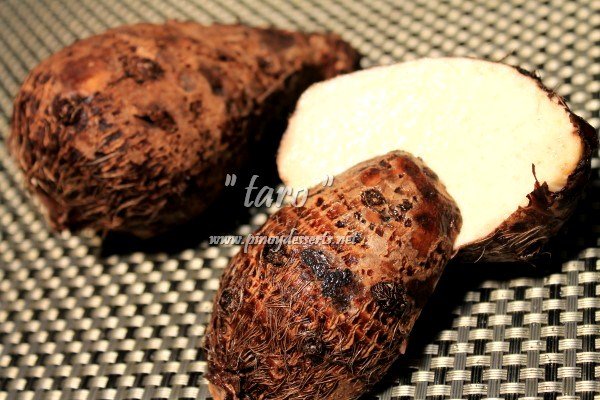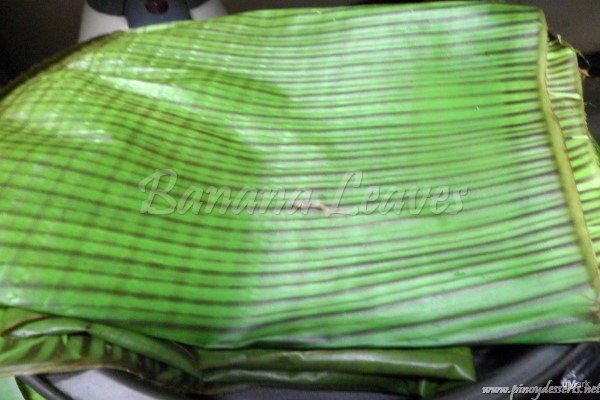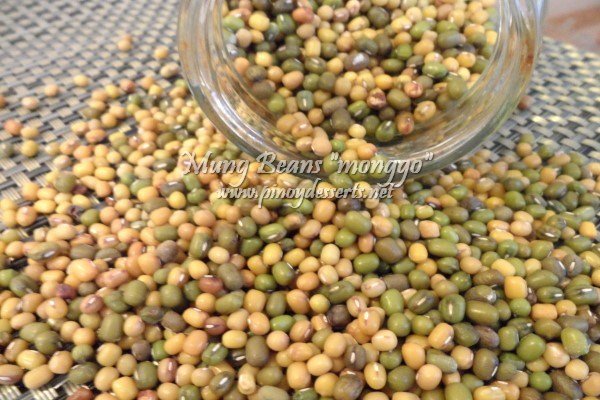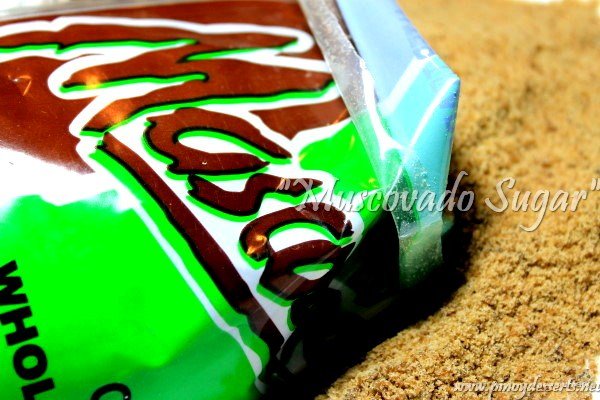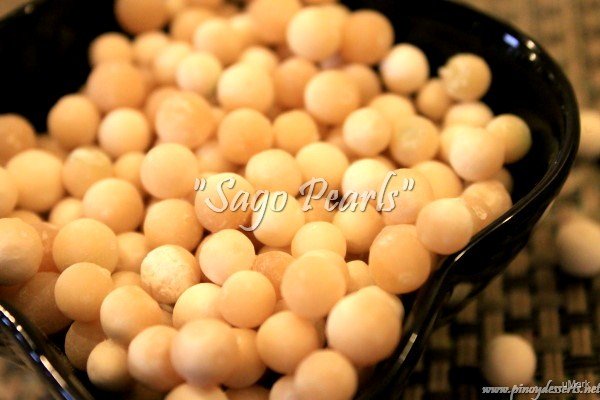Taro is a perennial, tropical plant primarily grown as a root crop vegetable for its edible starchy corm. It has a brown and hairy outer skin that must be removed before cooking. Its flesh may be light purple, beige or white, with a texture of a potato but has a unique taste. It is…
Pinoy ingredients
Banana Leaves
Banana leaves are large, flexible, and waterproof. They are often used as ecologically friendly disposable food containers, wrappers or as “plates” and often used in Asian cuisine to wrap for or line trays before cooking, much as waxed paper or aluminium foil are. The leaves contain the juices, to protect food from burning and…
Mung Beans (Monggo)
Mung Beans (Monggo) are small yellow beans with a bright green seed coat. They are shelled and dried often sold in local markets by kilo or packs. Before using, wash the beans in water, drain and boil until tender. Â Sweetened mung beans are commonly used in Filipino desserts as a filling in breads and…
Muscovado Sugar
Muscovado Sugar has long been produce in the Philippines using a traditional method of crushing and cooking sugarcane juice to produce a natural sweetness that is free from harmful chemicals. Organically grown sugarcane are processed in a traditional method where it is squeezed, boiled, stirred and dried to make a powdered dark sugar called muscovado….
Sago
Sago Pearls are tiny white dried balls of sago obtained by grinding the pith of the sago palm to a paste and pressing it through a sieve. It is a glutinous, with little taste, and is often used in Asian desserts. It is traditionally cooked and eaten in various forms, such as rolled into…

